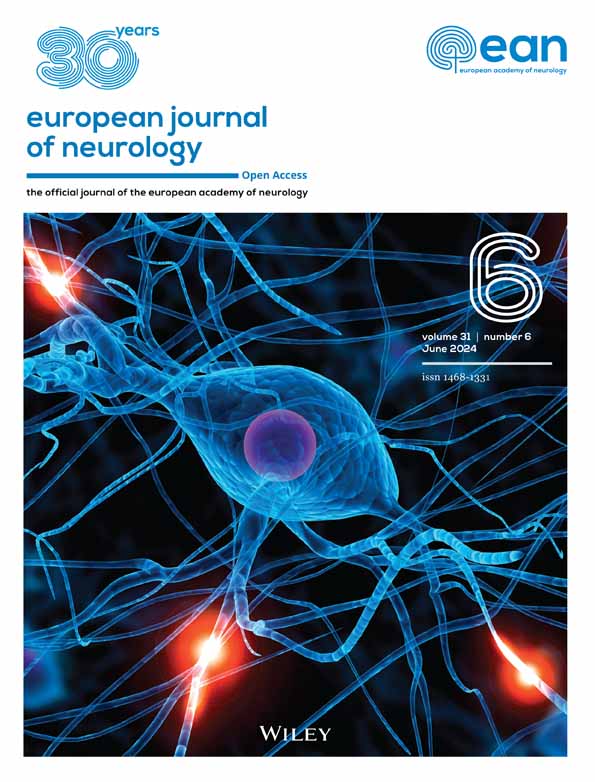Functional neurological disorder, factitious disorder, and the missing health care workers
Dear Editor,
Vanini et al. (2024) [1] are careful to explain that their findings of increased health care employment in a functional neurological disorder (FND) cohort should not be taken to imply feigning, and with good reason. In addition to the risk of stigmatizing the FND population, conflating two disorders with such different hypothetical mechanisms, and such different prevalence, would be absurd. But they are also right to bring it up, for although we no longer formally exclude factitious disorder when diagnosing FND [2], the question of how we differentiate the two remains highly topical.
Factitious disorder involves the deliberate falsification or induction of clinical disorder for psychological gain. Most cases reported are health care workers, typically nurses, presumably because of the knowledge and means this gives them of falsification—except in neurology [3]. In neurology, most reported cases of factitious disorder are men, and only a small proportion work in healthcare. And while most factitious disorder diagnoses are supported by the inconsistencies in clinical presentation, or the detection of feigned signs or investigations, this is not the case in neurology. In neurology, it relies largely on non-clinical detection – false names, and made-up histories. This raises the uncomfortable prospect that there is an equivalent cohort of factitious disorders in neurology, of female healthcare workers with inconsistent presentations, who are not detected, or not reported as factitious. And since neurological presentations of feigning appear are usually clinically indistinguishable from FND [4], it appears most likely they would be diagnosed as such.
Factitious disorder presents to all specialties, and neurological presentations are not common. Although almost certainly underdetected and underdiagnosed, it is a rare disorder, and cannot be considered a plausible explanation for many cases of FND. However, the overrepresentation of health care workers reported by Vanini and colleagues is a reminder of how it is still specifically relevant to FND. In addition to the thoughtful explanations they give for the excess of health care employment in their cohort has to be added the possibility, however uncomfortable, that some, at least, represent health care workers whose factitious disorder has not been detected.
AUTHOR CONTRIBUTIONS
Richard A. Kanaan: Conceptualization; writing – original draft.
CONFLICT OF INTEREST STATEMENT
The author has no conflict of interest to disclose.
Open Research
DATA AVAILABILITY STATEMENT
Data sharing is not applicable to this article as no new data were created or analyzed in this study.




